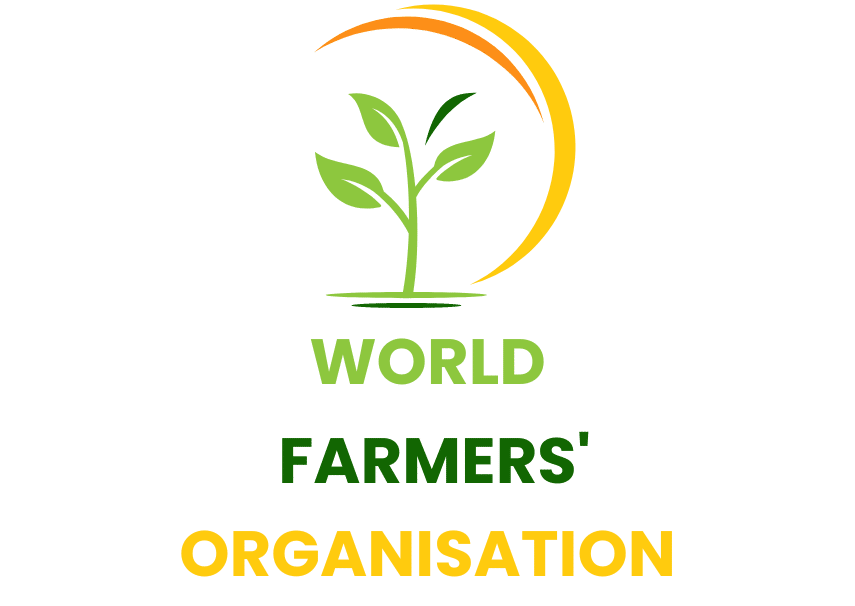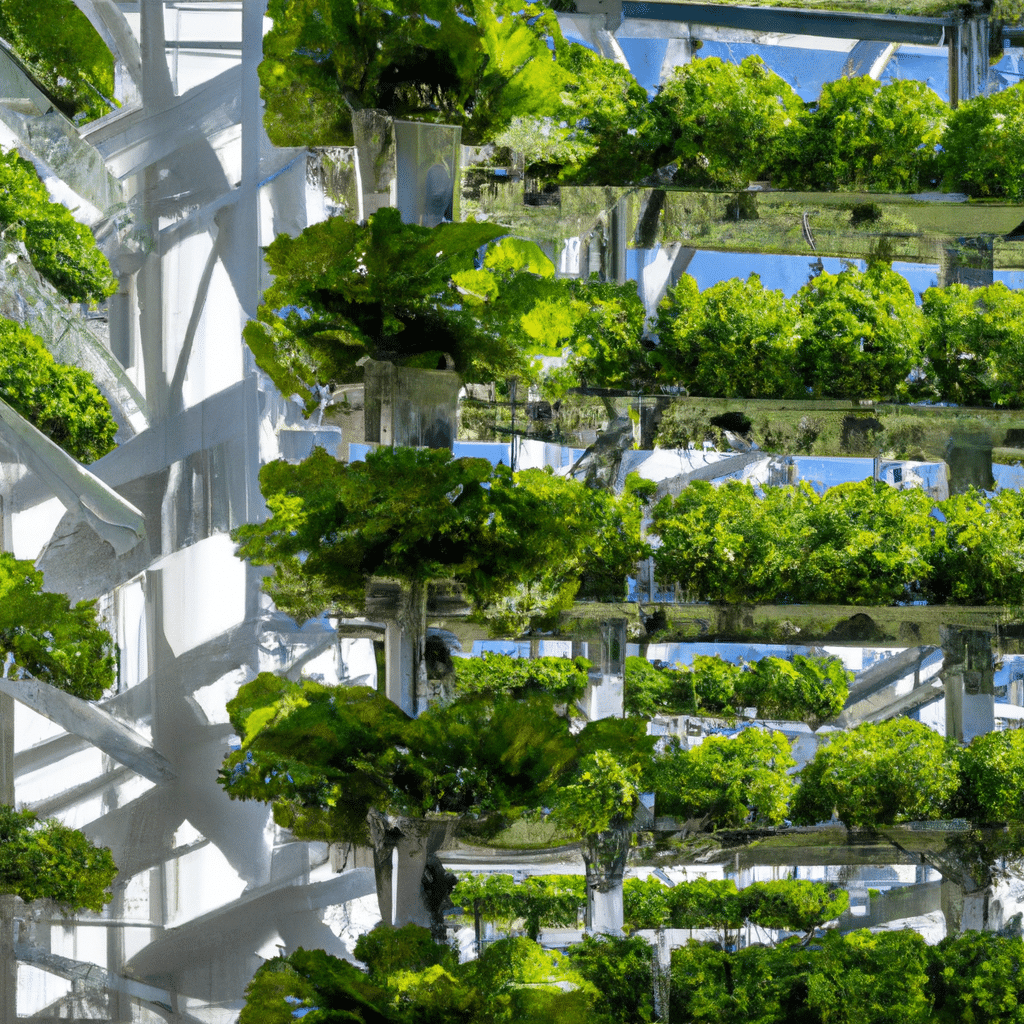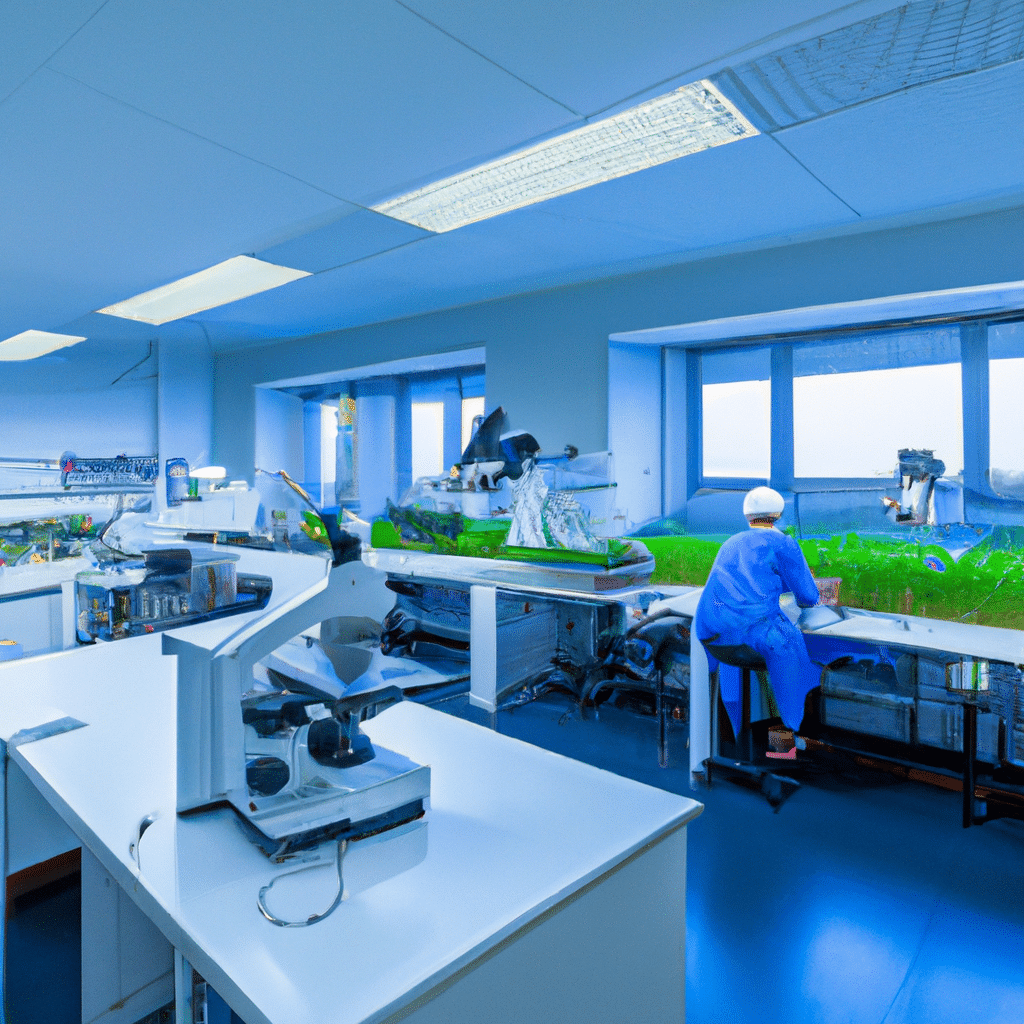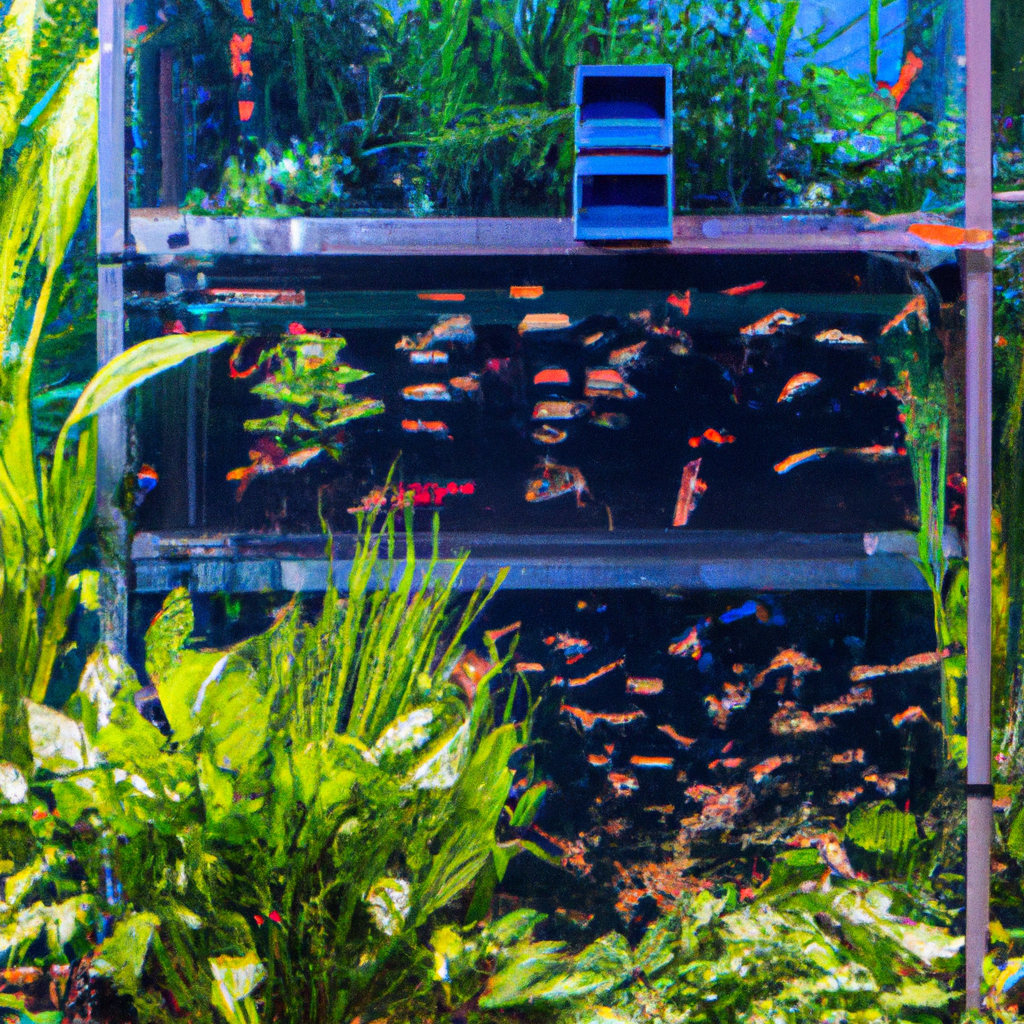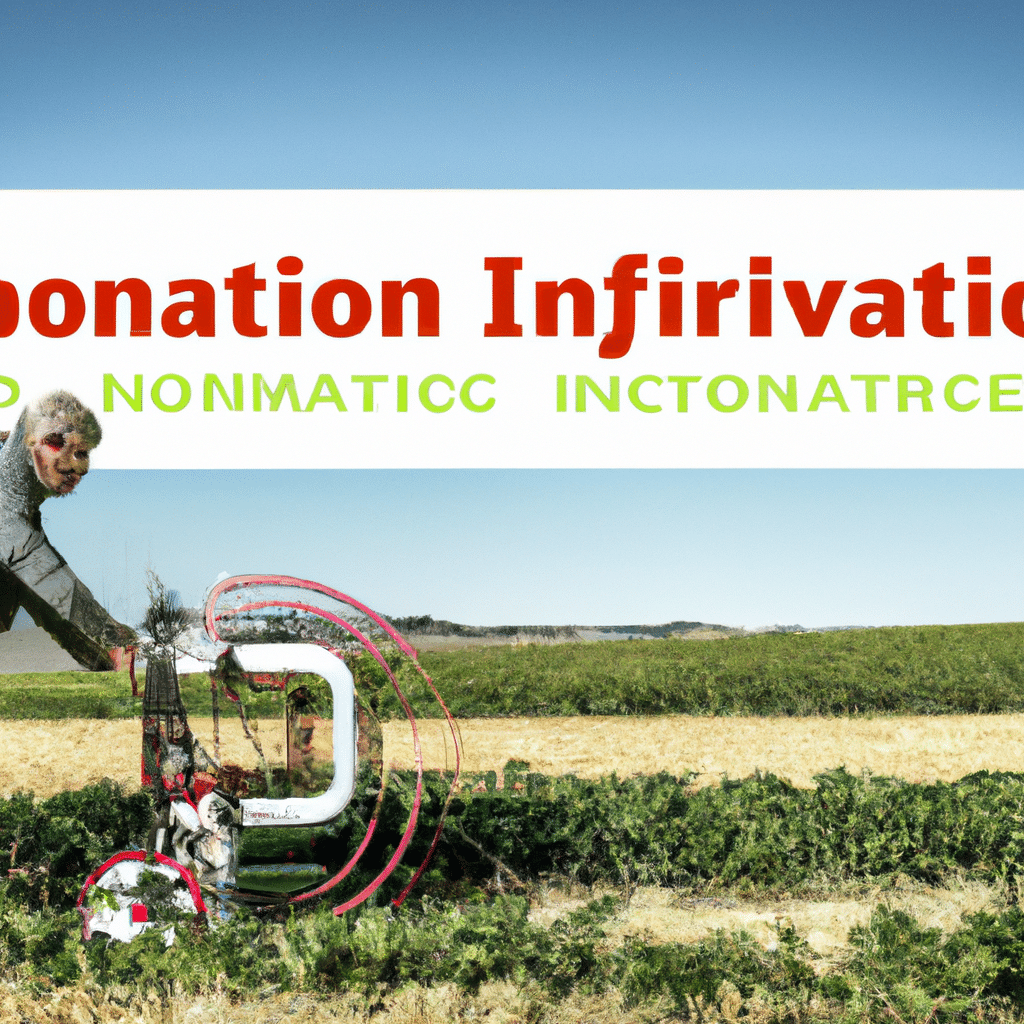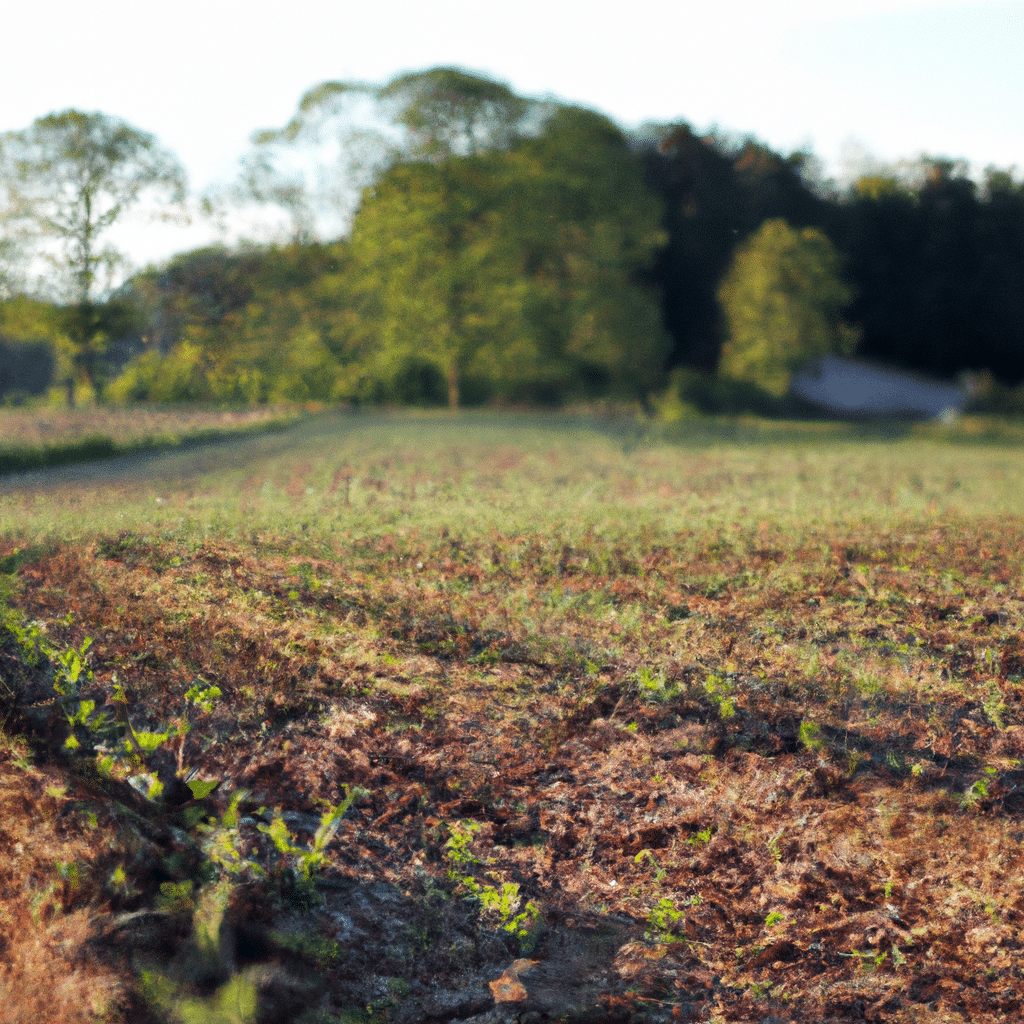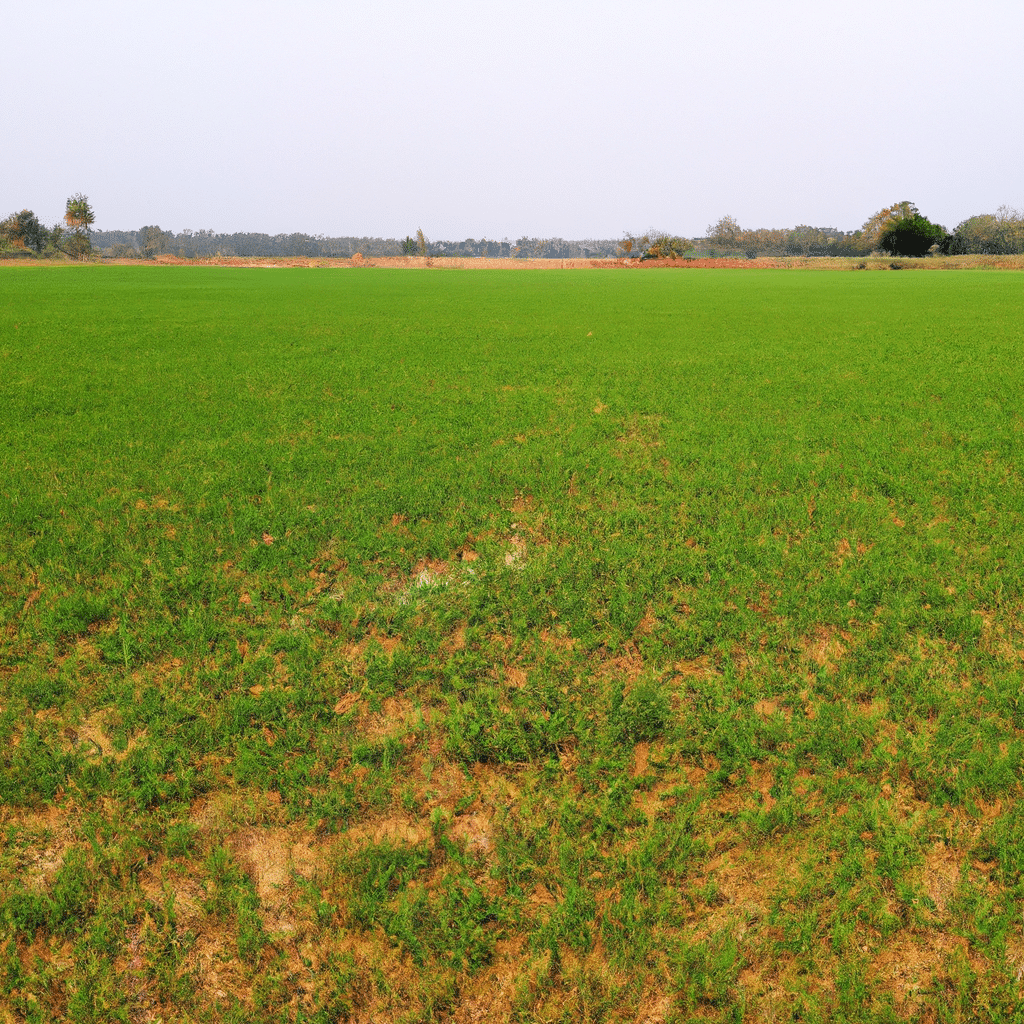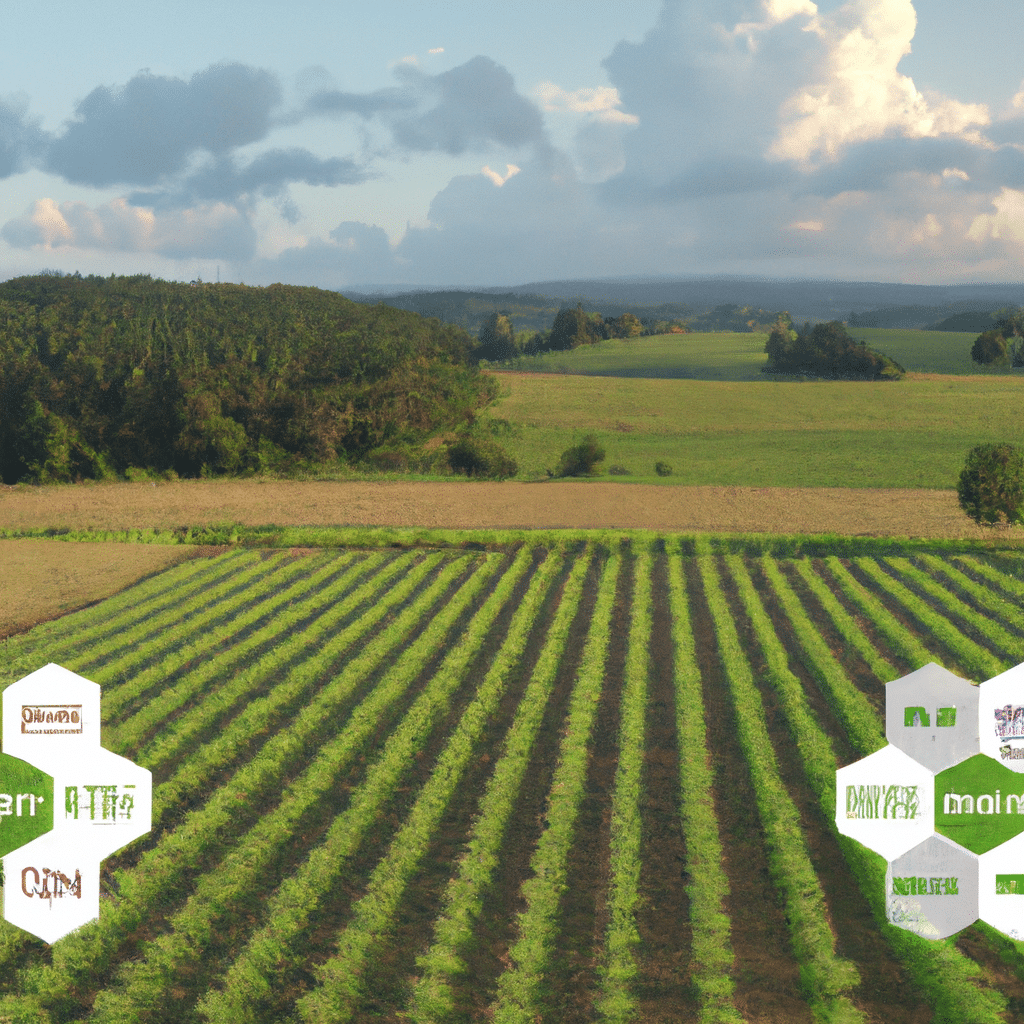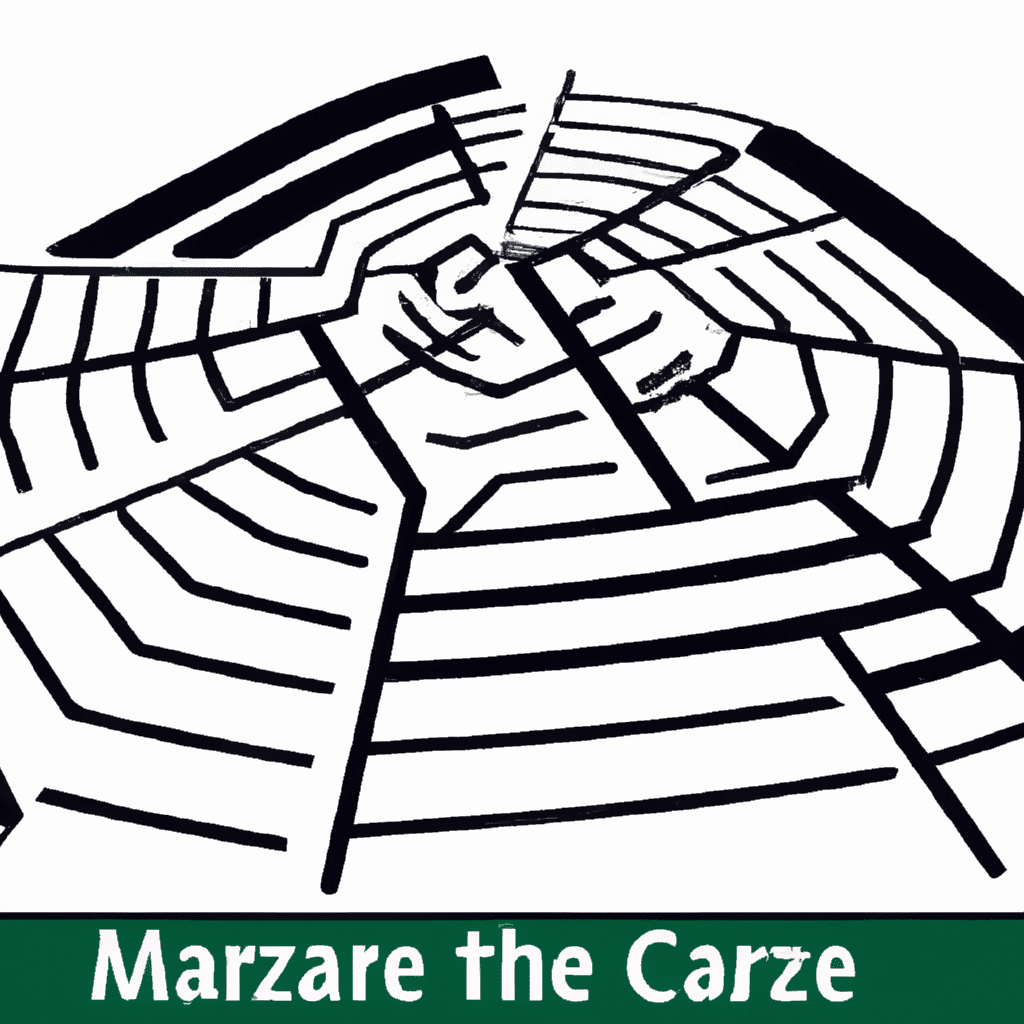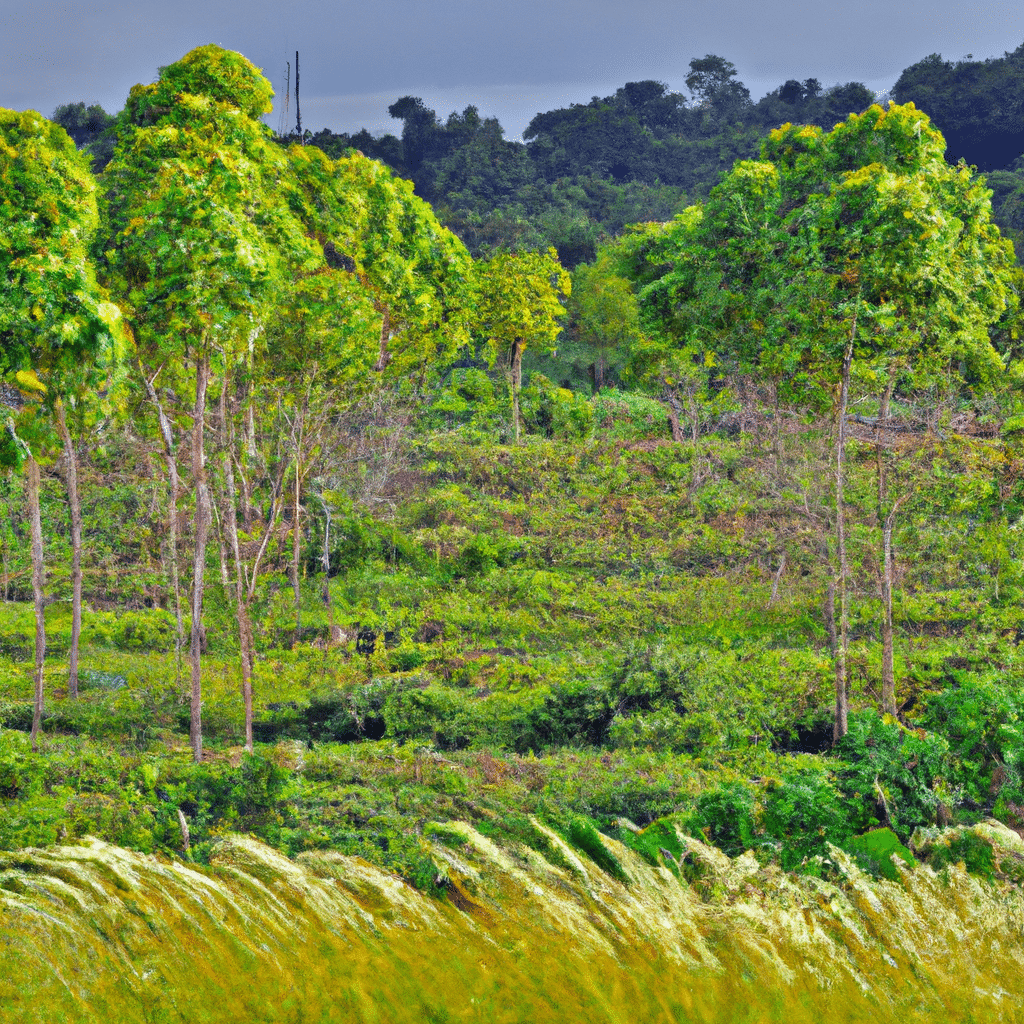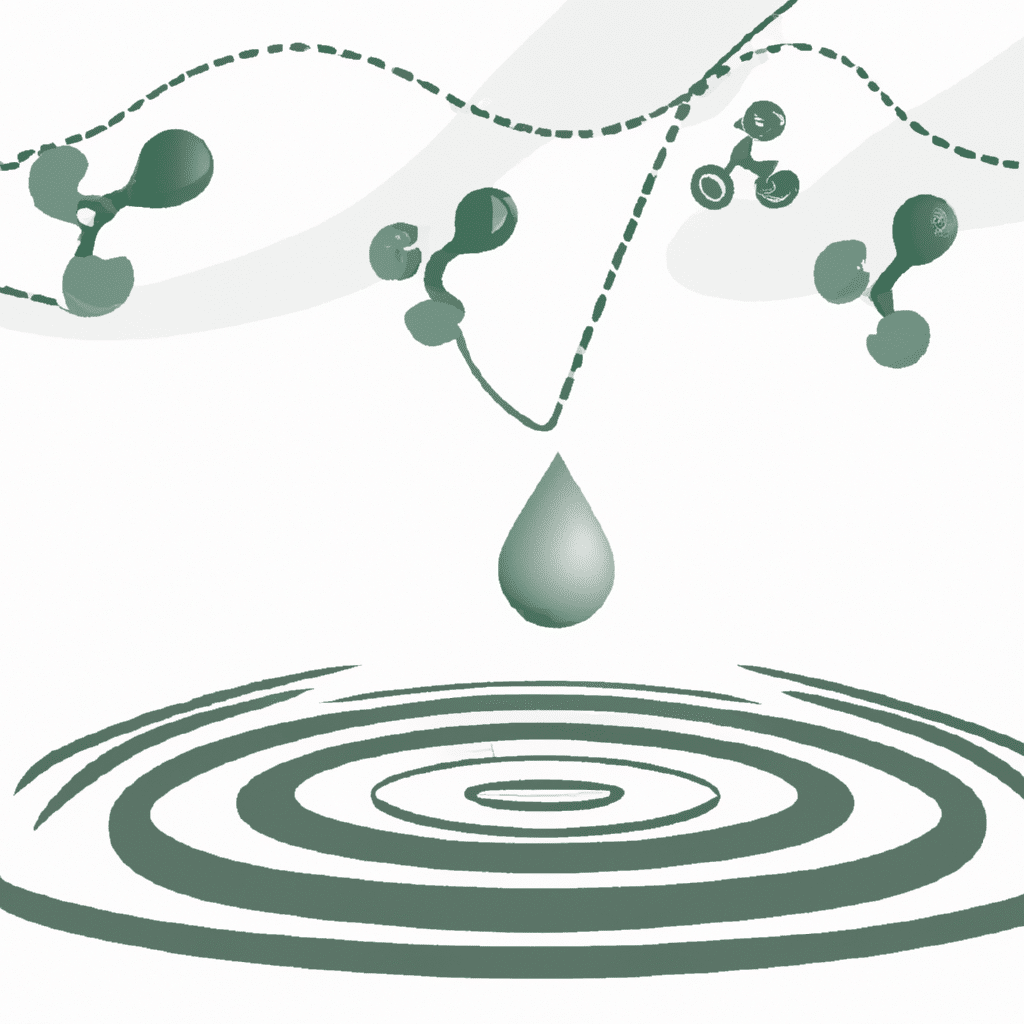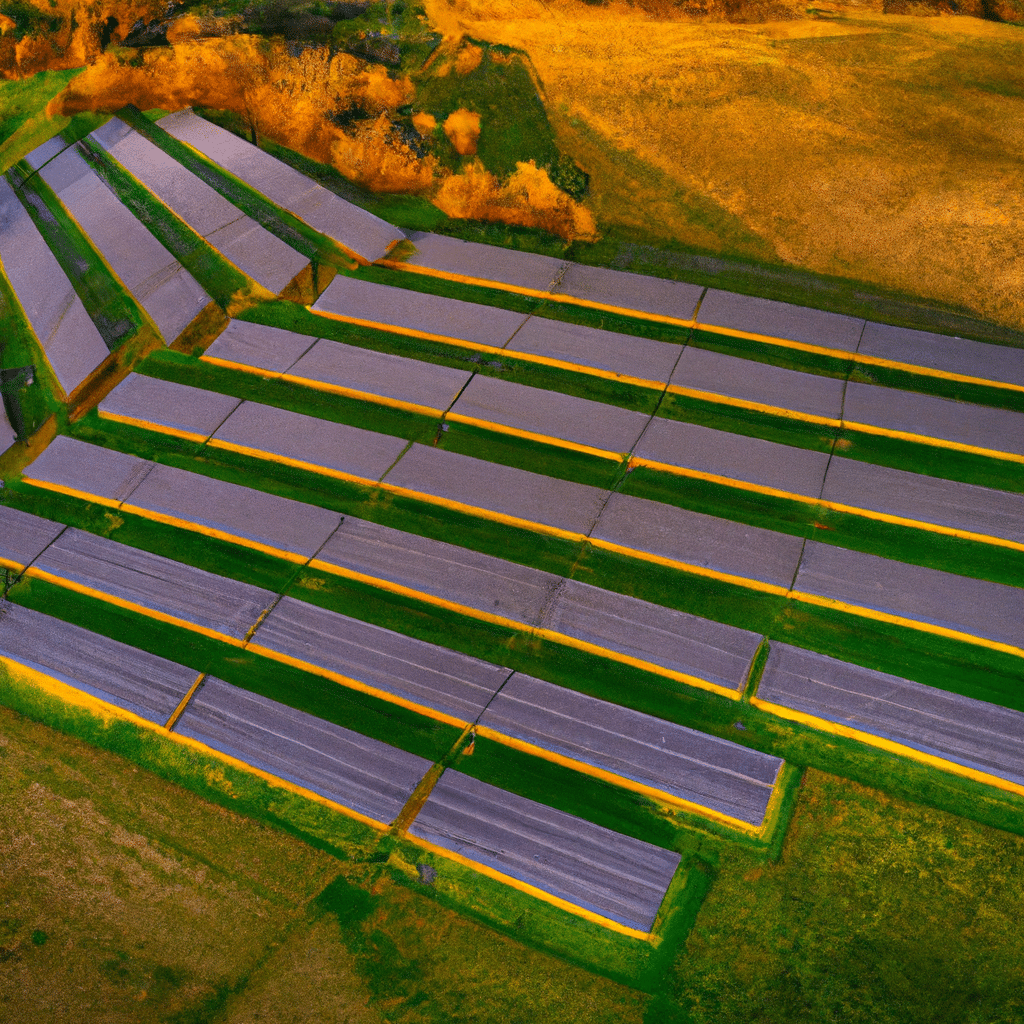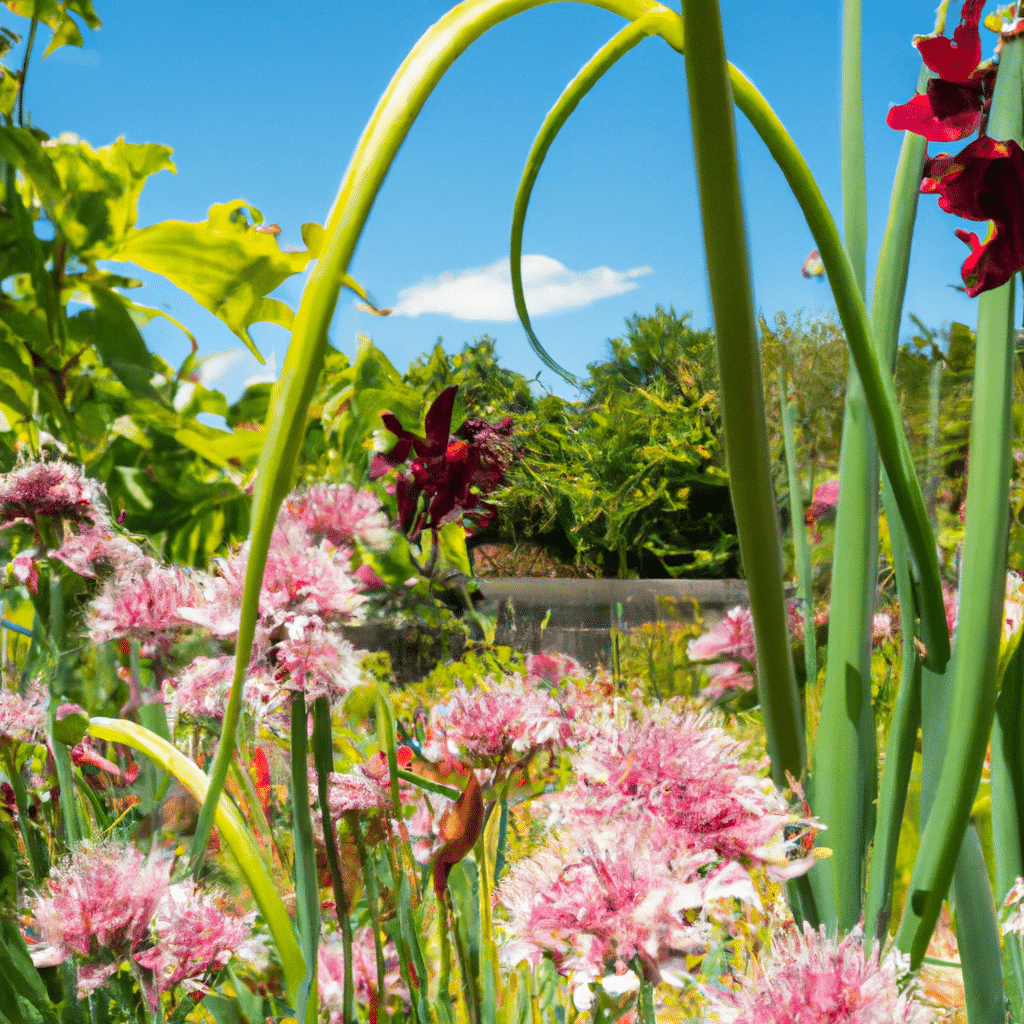In recent years, the farming industry has witnessed a remarkable transformation, thanks to the advent of Internet of Things (IoT) technology. IoT sensors have emerged as the silent heroes of farming, revolutionizing crop monitoring and yield optimization. These tiny devices, equipped with advanced sensors and connected to the internet, have the potential to greatly enhance the efficiency, productivity, and sustainability of agricultural practices. In this article, we delve into the fascinating world of IoT sensors in farming and explore their profound impact on crop monitoring and yield optimization.
The Rise of IoT Sensors in Agriculture
The integration of IoT sensors in agriculture has opened up a world of possibilities for farmers and agronomists. These sensors, typically small and portable, can be deployed in various parts of the farm to collect real-time data on a range of parameters critical to crop health and growth. Soil moisture, temperature, humidity, light intensity, and nutrient levels are just a few examples of the variables that can be monitored using IoT sensors.
Enhancing Crop Monitoring
One of the primary applications of IoT sensors in farming is crop monitoring. Traditionally, farmers relied on manual observations and guesswork to assess the health and growth of their crops. This approach often led to inefficiencies and suboptimal decision-making. With IoT sensors, however, farmers can now obtain accurate, real-time data on crucial environmental conditions.
Soil Monitoring
IoT sensors enable precise soil monitoring, providing farmers with valuable insights into soil moisture levels, temperature, and nutrient content. By monitoring these parameters, farmers can optimize irrigation, fertilization, and other farming practices to ensure optimal crop growth. Moreover, IoT sensors can detect early signs of soil degradation or nutrient deficiencies, allowing farmers to take proactive measures to remedy these issues.
Weather Monitoring
Weather conditions play a crucial role in crop growth and yield. IoT sensors equipped with weather monitoring capabilities can provide farmers with accurate and up-to-date information on temperature, humidity, rainfall, wind speed, and other meteorological parameters. This data empowers farmers to make informed decisions regarding planting, harvesting, and pest control, minimizing the impact of adverse weather events on their crops.
Pest and Disease Monitoring
Crop diseases and pest infestations can wreak havoc on farmers’ yields if not detected and addressed promptly. IoT sensors enable continuous monitoring of pests, diseases, and other harmful organisms in the field. By collecting data on pest populations, disease prevalence, and environmental conditions, farmers can implement targeted interventions, such as precision spraying or biological control, to mitigate the damage caused by pests and diseases.
Optimizing Yield through Data-Driven Insights
The data collected by IoT sensors holds immense potential for optimizing crop yield. By analyzing and interpreting this data, farmers can gain valuable insights into the factors influencing crop growth and make informed decisions to maximize productivity.
Predictive Analytics
IoT sensors generate vast amounts of data, which can be processed using advanced analytics techniques to predict crop performance. By leveraging historical data on weather patterns, soil conditions, and crop health, farmers can develop predictive models that forecast future yields. This enables them to plan their operations more effectively, optimize resource allocation, and make informed decisions regarding crop selection and rotation.
Precision Farming
Precision farming is a farming approach that leverages IoT sensors and other technologies to tailor agricultural practices to the specific needs of individual plants or small sections of a field. By precisely monitoring and adjusting key variables such as irrigation, fertilization, and pest control, farmers can optimize crop growth and minimize resource wastage. IoT sensors play a crucial role in enabling precision farming by providing real-time data on crop health and environmental conditions.
Remote Monitoring and Control
IoT sensors enable remote monitoring and control of farming operations, empowering farmers to manage their crops from anywhere at any time. Through smartphone applications or web-based platforms, farmers can access real-time data collected by IoT sensors and receive alerts or notifications about critical events. This allows them to respond promptly to changing conditions, make immediate adjustments, and ensure the well-being of their crops even when they are not physically present on the farm.
The Future of IoT Sensors in Farming
As IoT technology continues to evolve, the potential applications of IoT sensors in farming are only set to expand. Innovations such as drones equipped with IoT sensors, autonomous farming machinery, and machine learning algorithms for data analysis are on the horizon, promising even greater efficiency and productivity gains in agriculture.
Sustainable Agriculture
Sustainability is a growing concern in agriculture, and IoT sensors can play a pivotal role in promoting sustainable farming practices. By enabling precise monitoring and control of environmental variables, IoT sensors help minimize resource wastage, reduce the use of chemicals, and optimize energy consumption. This leads to more sustainable farming practices that are not only economically viable but also environmentally friendly.
Collaborative Farming
IoT sensors also have the potential to facilitate collaborative farming, where multiple farmers can share data and insights to collectively optimize their operations. By pooling together data from various farms, farmers can gain a broader perspective on regional trends, disease outbreaks, and market demands. This collaboration can lead to more efficient resource allocation, better risk management, and enhanced decision-making for all participating farmers.
Conclusion
In conclusion, IoT sensors have emerged as the silent heroes of farming, revolutionizing crop monitoring and yield optimization. By providing real-time data on crucial environmental conditions, IoT sensors empower farmers to make informed decisions regarding irrigation, fertilization, pest control, and other farming practices. The integration of IoT sensors in agriculture opens up a world of possibilities for precision farming, predictive analytics, and remote monitoring. As we look to the future, the potential applications of IoT sensors in farming are boundless, offering sustainable and collaborative solutions to the challenges faced by the agriculture industry. Embracing IoT technology is not just a choice; it is a necessity for farmers seeking to thrive in a rapidly evolving world.
